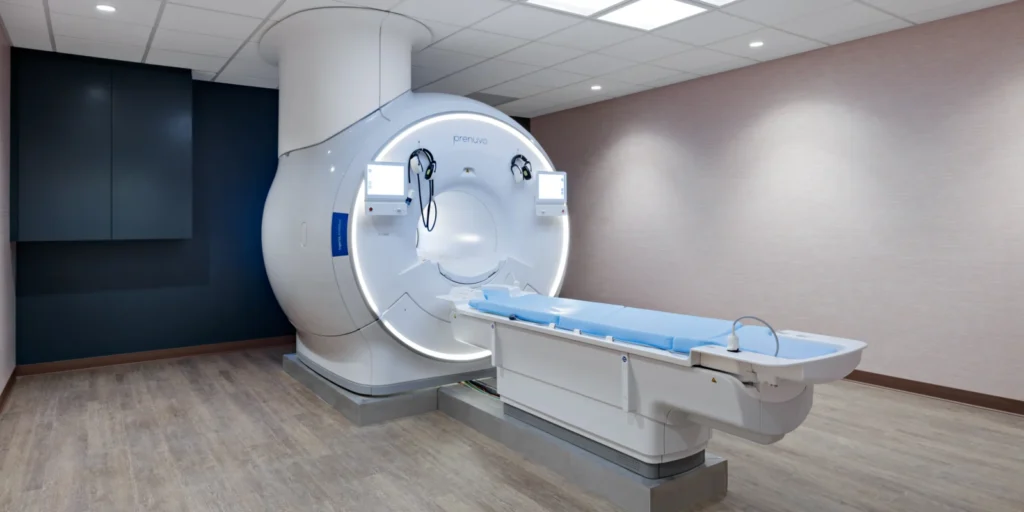Studies presented at ISMRM 2025 highlight how whole-body MRI and AI are identifying early structural changes in people without symptoms
New research presented by Prenuvo and its academic partners at the 2025 International Society for Magnetic Resonance in Medicine (ISMRM) meeting points to measurable physiological changes in asymptomatic individuals linked to common lifestyle factors, including alcohol consumption and depression. The findings rely on advanced imaging and artificial intelligence to detect structural shifts in the brain and internal organs that may precede clinical symptoms.
The studies are based on Prenuvo’s whole-body MRI dataset, one of the largest normative databases of its kind. Researchers used this resource to analyze how behaviors typically considered moderate, such as drinking two or more alcoholic beverages per day, might correlate with early indicators of disease.
Alcohol Consumption & Brain Atrophy
In one study involving 1,134 adults without diagnosed alcohol use disorder, researchers found that those who regularly consumed two or more alcoholic drinks per day exhibited smaller volumes in brain regions related to memory, motor function, and executive control. These individuals also showed increased liver and kidney volumes and elevated visceral fat levels.
The analysis identified statistically significant associations between organ enlargement and brain volume loss, suggesting potential systemic impacts of alcohol on the body, possibly through inflammatory or metabolic pathways.
The research was conducted in collaboration with institutions including the Pacific Brain Health Center, Saint John’s Cancer Institute, and Washington University School of Medicine.
Depression, Physical Activity & Brain Structure
A separate study examined 6,458 individuals and found that participants with a history of depression had lower brain volumes compared to those without depression. However, among those who engaged in regular moderate to vigorous physical activity, this volume loss was less pronounced.
These findings support the hypothesis that exercise may have a protective effect on brain structure in people with depression. Contributing researchers included teams from the University of California, Los Angeles and Washington University in St. Louis.
Implications for Early Detection
Notably, both studies examined adults who had no reported clinical diagnoses at the time of their scans. The research suggests that certain lifestyle factors may contribute to gradual physiological changes that are not detectable through routine screening or patient-reported symptoms.
AI played a central role in enabling these studies. For example, brain scan analysis time was reduced from several hours to under 40 minutes using automated tools, allowing researchers to conduct large-scale investigations that would otherwise be impractical.
“These findings underscore the value of imaging in identifying patterns that may not yet be clinically apparent,” said Sam Hashemi, VP and Head of AI & Research at Prenuvo. “By applying AI to large imaging datasets, we can begin to understand how structural changes in the body reflect long-term health risks.”



